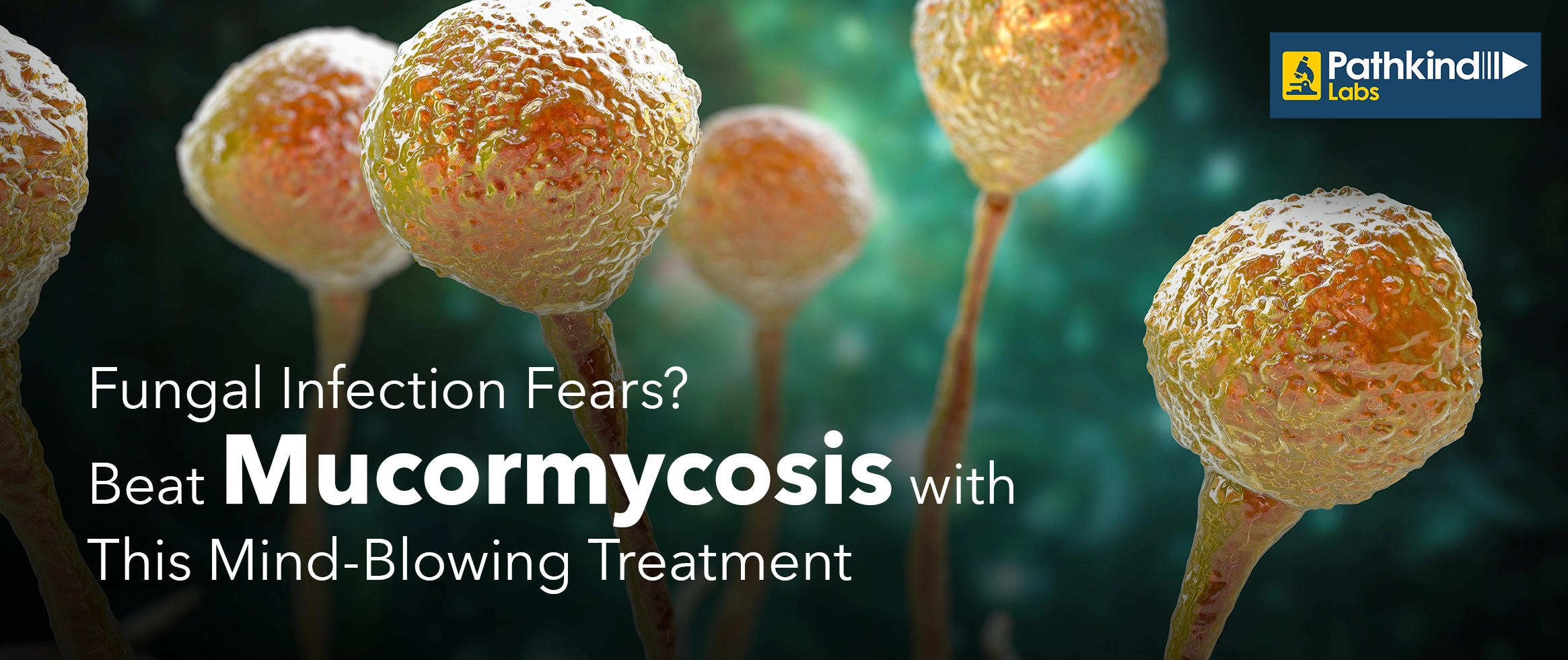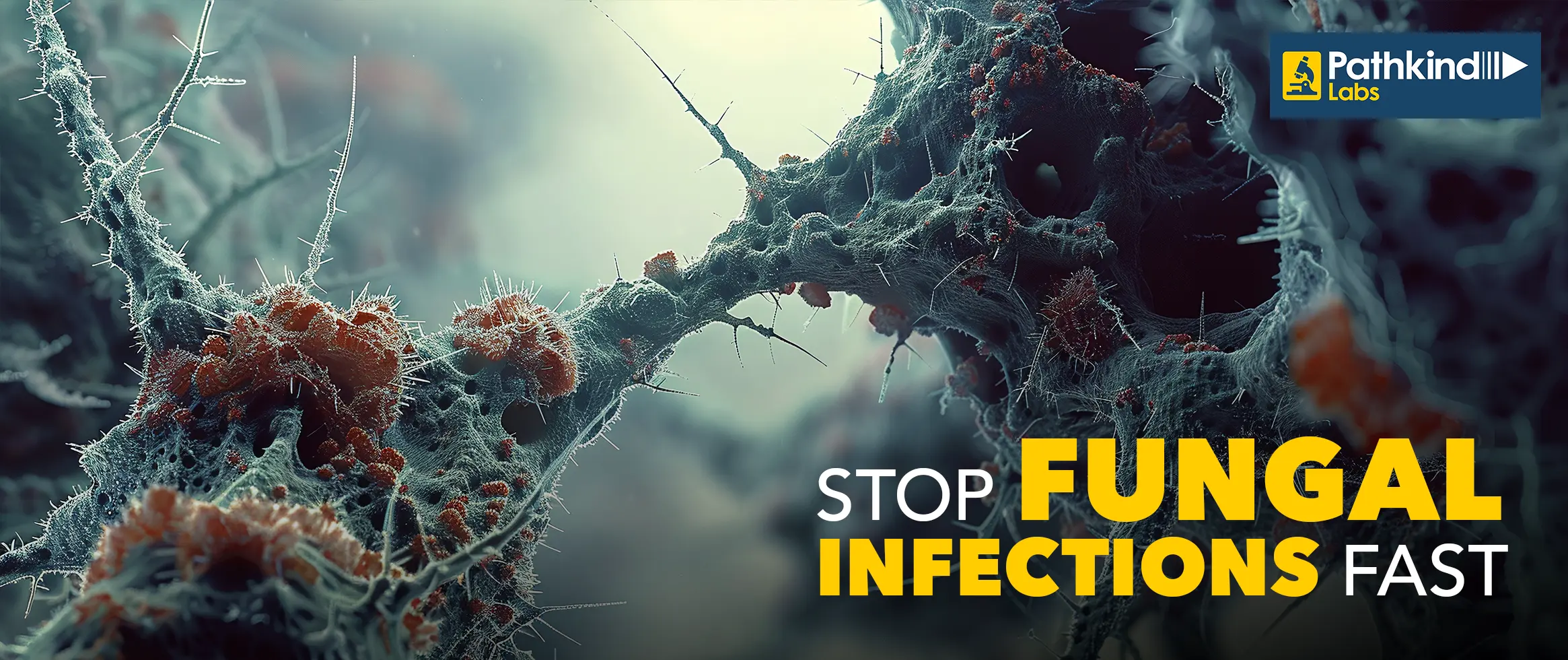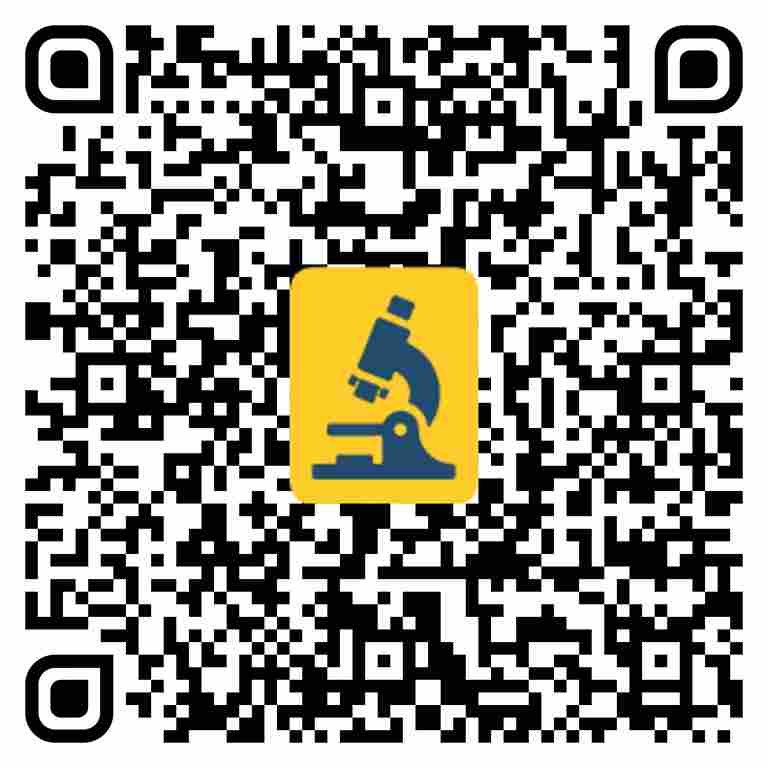A fungal stain test is a laboratory test used to detect the presence of fungi in a biological specimen, such as blood, tissue, or body fluids. The test involves staining the specimen with a special dye that binds specifically to fungal cell components, making them visible under a microscope. There are several types of fungal stain tests. The most common ones are the potassium hydroxide (KOH) test, the calcofluor white stain, and the periodic acid-Schiff (PAS) stain.
What is a fungal stain test?
A fungal stain test is a laboratory test used to detect the presence of fungi in a biological specimen, such as blood, tissue, or body fluids. The test involves staining the specimen with a special dye that binds specifically to fungal cell components, making them visible under a microscope. There are several types of fungal stain tests. The most common ones are the potassium hydroxide (KOH) test, the calcofluor white stain, and the periodic acid-Schiff (PAS) stain.
The KOH test involves adding a sample to a slide containing a drop of potassium hydroxide, which breaks down non-fungal cells, leaving fungal cells visible for identification. Calcofluor white stain and PAS stain are fluorescent dyes that attach to the fungal cell wall, making them visible under a microscope. A fungal stain test uses special dyes to detect fungal cells in a biological specimen. The test is important for the diagnosis of fungal infections in immunocompromised patients and can help improve treatment outcomes.
What is the purpose of a Fungal stain test?
A fungal stain test detects fungi in a biological sample, such as blood, tissue, or body fluids. Fungal stain tests are commonly used to diagnose fungal infections, such as Candidiasis or Aspergillosis, in patients with symptoms such as fever, cough, and skin rashes. The test is particularly important for immunocompromised patients, such as those with HIV or cancer. If you're undergoing organ transplantation, you may be more susceptible to fungal infections, and the doctor might recommend this test.
Accurate diagnosis is crucial for prompt treatment. It can prevent complications and improve outcomes. Fungal stain tests come in several types, including the potassium hydroxide (KOH) test, calcofluor white stain, and periodic acid-Schiff (PAS) stain, all of which have different mechanisms of action but are used for the same purpose. Overall, fungal stain tests play a critical role in the diagnosis and management of fungal infections.
What does the Fungal stain test diagnose?
The Fungal stain test is used to diagnose:
- Fungal infections: The test is used to detect the presence of fungi in biological specimens such as blood, tissue, or body fluids. It can aid in the diagnosis of fungal infections such as Candidiasis or Aspergillosis.
- Immunocompromised patients: Fungal infections are particularly common in immunocompromised patients such as those with HIV or cancer.
- Specific fungal species: The test can help identify specific fungal species causing the infection, which can guide targeted treatment and improve outcomes.
- Prompt treatment: Accurate diagnosis of fungal infections through the fungal stain test is crucial for prompt and effective treatment.
Why do you need a Fungal stain test?
There are several reasons why a healthcare provider may order a fungal stain test, including:
- Symptoms of a fungal infection: A fungal stain test may be ordered if a patient has symptoms of a fungal infection, such as fever, cough, skin rashes, or difficulty breathing.
- Immunocompromised state: Individuals with weakened immune systems, such as those with HIV, cancer, or undergoing organ transplantation, are more susceptible to fungal infections and may need a fungal stain test to confirm the diagnosis.
- Suspicion of a specific fungal infection: Some fungal infections are more common in certain geographic regions or populations. In these cases, a fungal stain test may be used to confirm the presence of a suspected fungal pathogen.
- Monitoring treatment: Fungal stain tests may be ordered to monitor the effectiveness of treatment for fungal infections and determine the duration of therapy.
- To identify the fungus type: By identifying the fungus causing the infection, your doctor can recommend the best antifungal therapy.
Preparation and Procedure required for Fungal Stain Test
Preparation for Fungal Stain Test:
- Specimen collection: A biological sample such as blood, tissue, or body fluids is collected from the patient by a healthcare professional.
- Sample handling: The sample is handled carefully to prevent contamination and degradation before analysis.
- Stain preparation: The staining solutions required for the test are prepared and checked for quality and accuracy.
- Microscope preparation: The microscope is set up and checked for proper functioning before analysis.
Procedure for Fungal Stain Test:
- Sample preparation: The biological specimen is prepared for staining by cleaning and drying the slide and then applying the sample to the slide.
- Staining: The slide is stained with a special dye that binds specifically to fungal cell components, such as potassium hydroxide (KOH) or calcofluor white stain, which helps visualize fungal cells under a microscope.
- Microscopic analysis: The slide is examined under a microscope to detect the presence of fungal cells. The fungal cells appear as bright, refractile objects under phase-contrast microscopy or fluorescent objects under fluorescent microscopy.
- Interpretation of results: The results are interpreted by a trained healthcare professional who examines the slide under the microscope and reports the findings. The test results are reported as positive or negative.
Understanding the Fungal Stain Test Results
Understanding the results of a Fungal Stain test can be complex and should be interpreted by a trained healthcare professional. Here are some key points to understand the results:
- Positive result: A positive result indicates that fungal cells are present in the sample. The type of fungus may also be identified, which can guide targeted treatment. Treatment may involve antifungal medication and may be administered orally or intravenously.
- Negative result: A negative result indicates no fungal cells were detected in the sample. However, a negative result does not rule out the possibility of a fungal infection entirely, and additional tests may be required to confirm the diagnosis.
- False-positive result: In rare cases, the test may produce a false-positive result, indicating the presence of fungal cells when no infection is there. This may occur due to contamination or other factors.
- False-negative result: In some cases, the test may produce a false-negative result, indicating the absence of fungal cells when an infection is present. This may occur because the sample was not handled or stored properly or the concentration of fungal cells in the sample was too low.



 NABL approved
NABL approved  Most Trusted by
Most Trusted by  Accuracy &
Accuracy &  Widest Range
Widest Range 
















